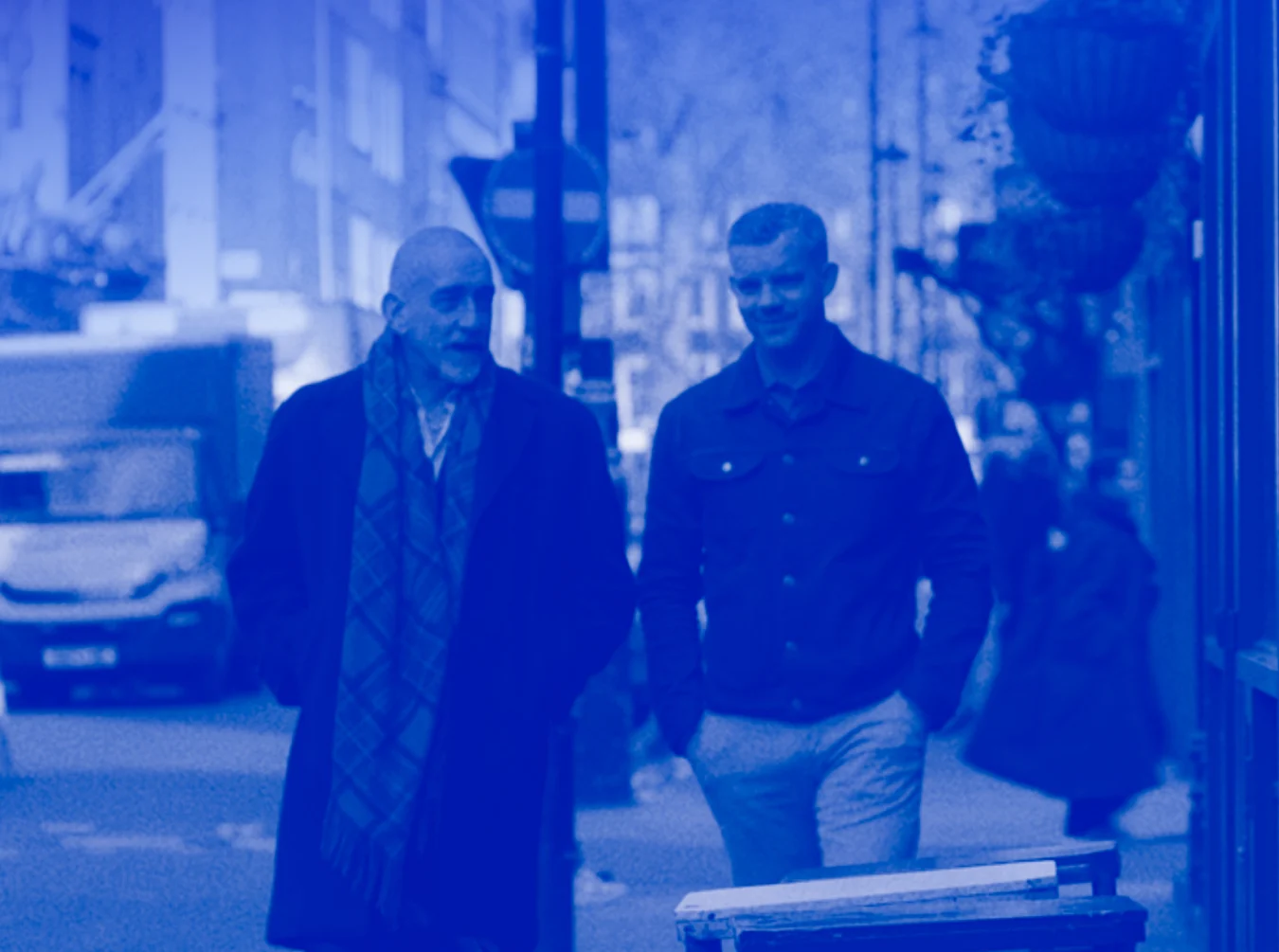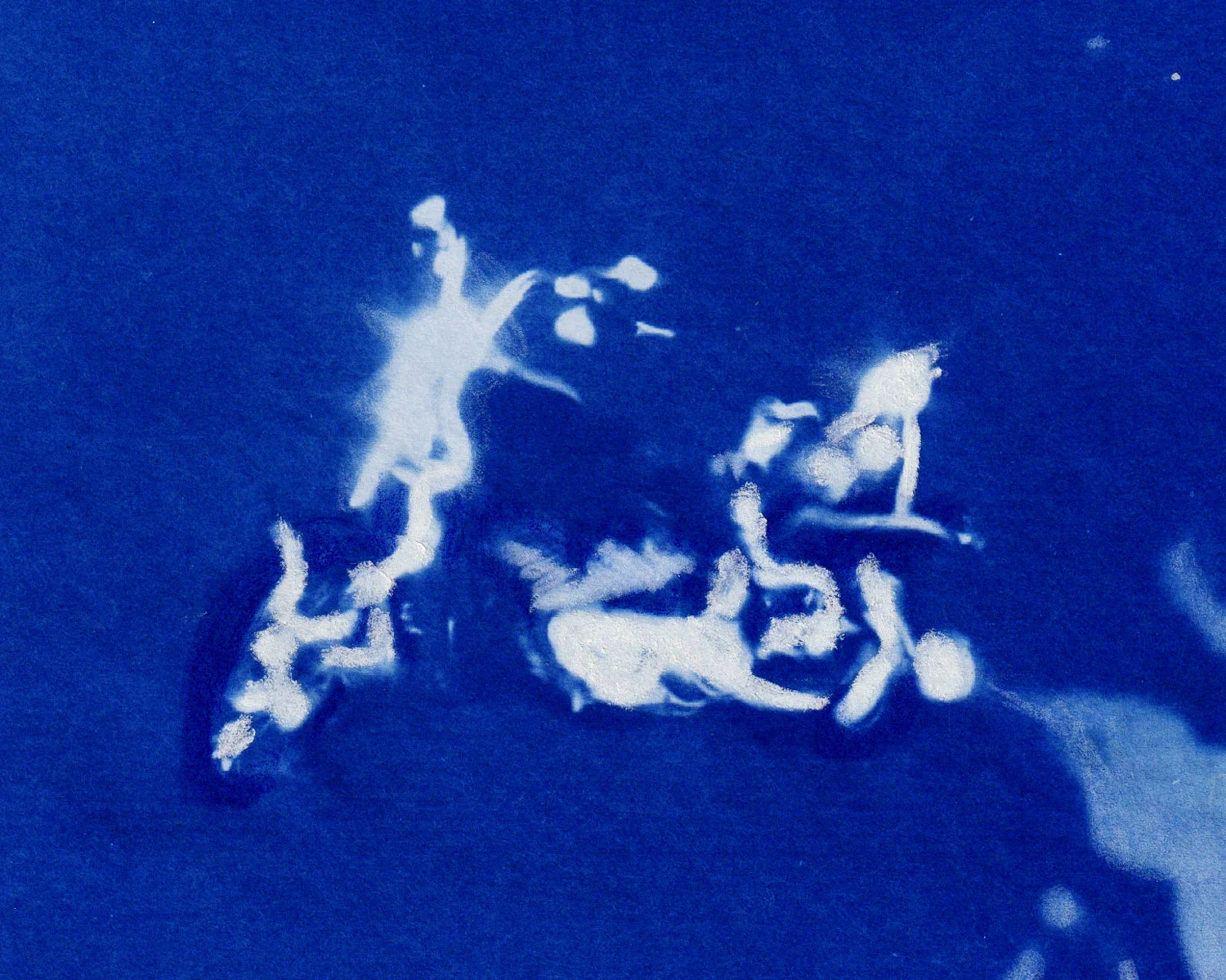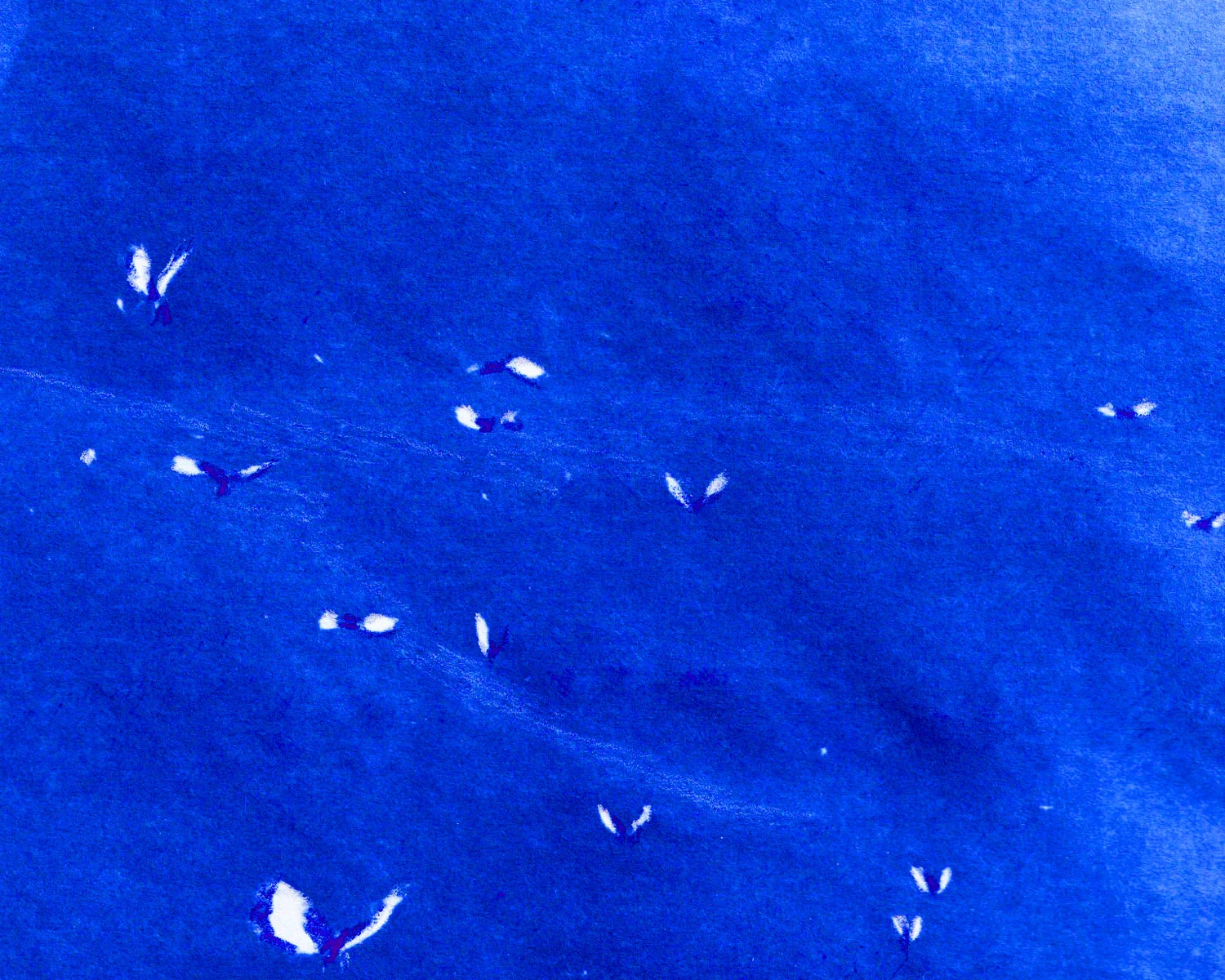
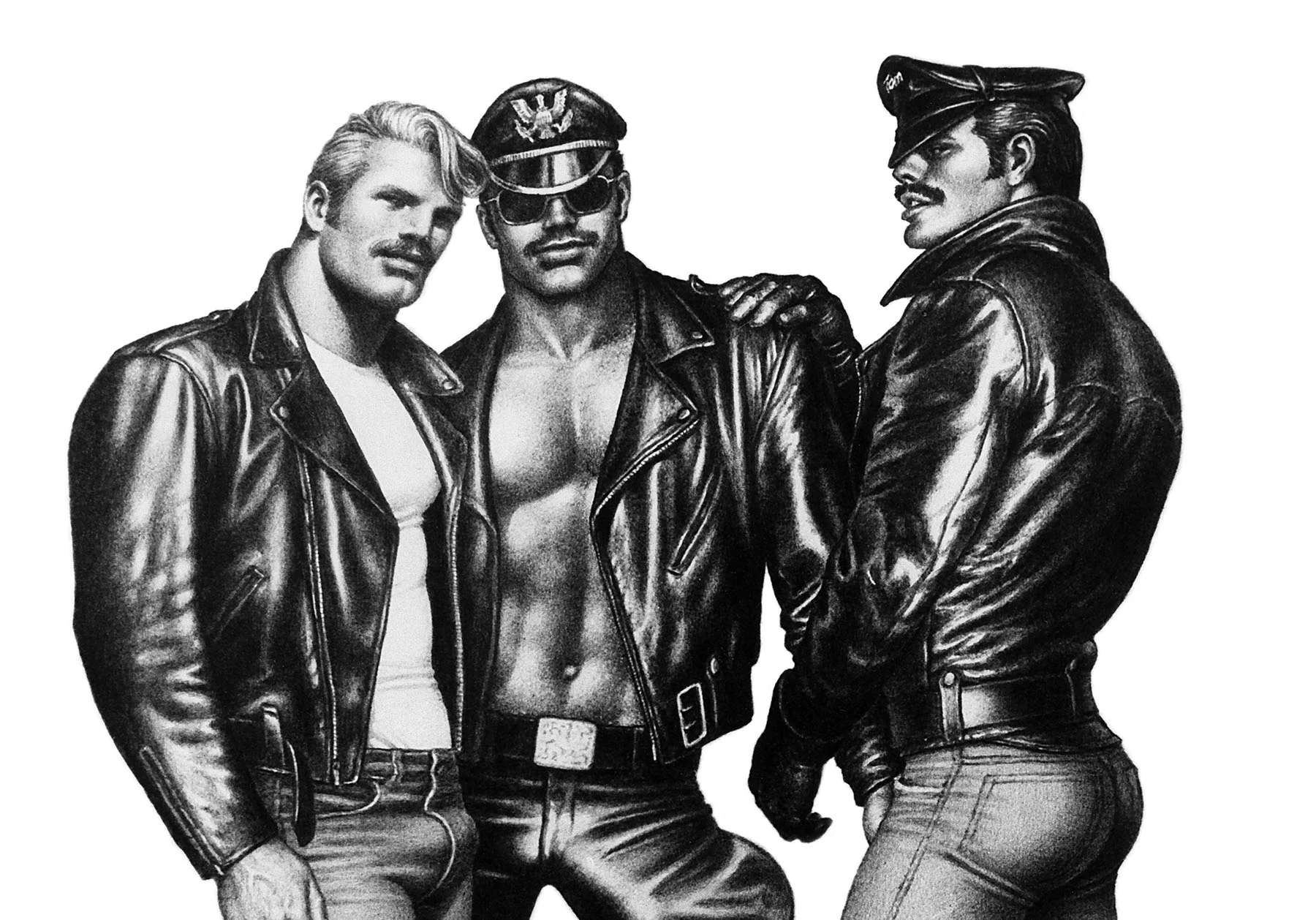
Described as one of the top five artists of the 20th century by numerous curators and art historians, Touko Valio Laaksonen—aka Tom of Finland—was a Finnish artist whose practice was centered around stylized, masculine, homoerotic images. He created more than 3000 pieces celebrating the male physique and homosexuality. In 1984, the nonprofit Tom of Finland Foundation (ToFF) was established by Tom and his friend Durk Dehner, initially focused on preserving Tom’s portfolio but has since broadened its scope to become one of the biggest collections of erotic art in the world, intending to fight the stigma around sexuality. In this podcast episode, TalkArt hosts Russell Tovey and Robert Diament speak to Dehner and the Foundation’s Creative Director Richard Villani about Tom’s life and work, and the legacy they’re working to preserve.
Tom of Finland is one of three artists selected by Russell Tovey as part of his WePresent Guest Curatorship. You can read his mission statement in his Guest Editor's Letter.
On how the name “Tom of Finland” came to be
This was a name that Tom initially didn’t respond to well. His birth name was Touko Laaksonen, and he knew people would have a hard time pronouncing it, so as early as the late 1950s, he had already begun signing his works as “Tom,” and this gradually became his name as an artist. In 1957, he had had built up the confidence to send some original artworks to physique photographer Bob Mizer in Los Angeles, who was producing an iconic publication called Physique Pictorial. They loved the work and they decided that they were going to showcase him in the next issue. Seeing his country of origin, they decided to call him Tom of Finland. When Tom received the magazine in the mail, he was upset, thinking, “I’m Tom, but I don’t represent the country of Finland.” Anyway, the rest, as they say, is history.

On the intention behind his work
When he was in his sixties, Tom gave a talk at the CalArts School of Art in Southern California, in which he said “I was very awkward about admitting this, but now that I’ve reached this age, I can actually feel more comfortable in stating that right from the very beginning, I had an intention.”
Tom’s intention was to see if he could make a difference in the way that gay people perceived themselves, and the way that heterosexual people perceived the gay community. He believed that, being a homosexual, you could identify as that and only that, and could not claim anything else as belonging to you; that sexuality was everything. The rough, muscular, leather-wearing men were the heterosexual role models of the day, and so Tom took them from society, and he made them overtly homosexual, and that was really radical at the time.”

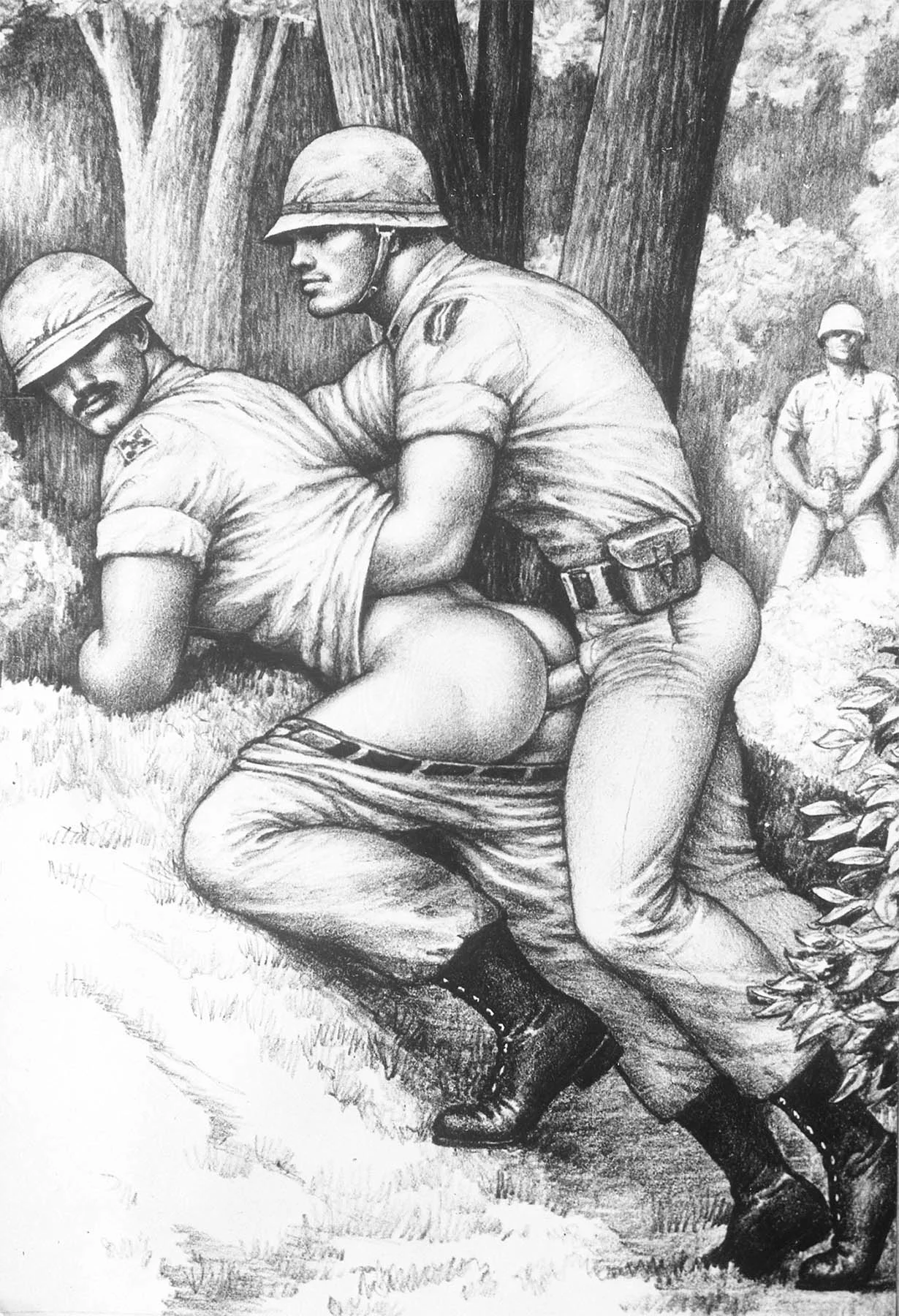
On how drawing was a private thing
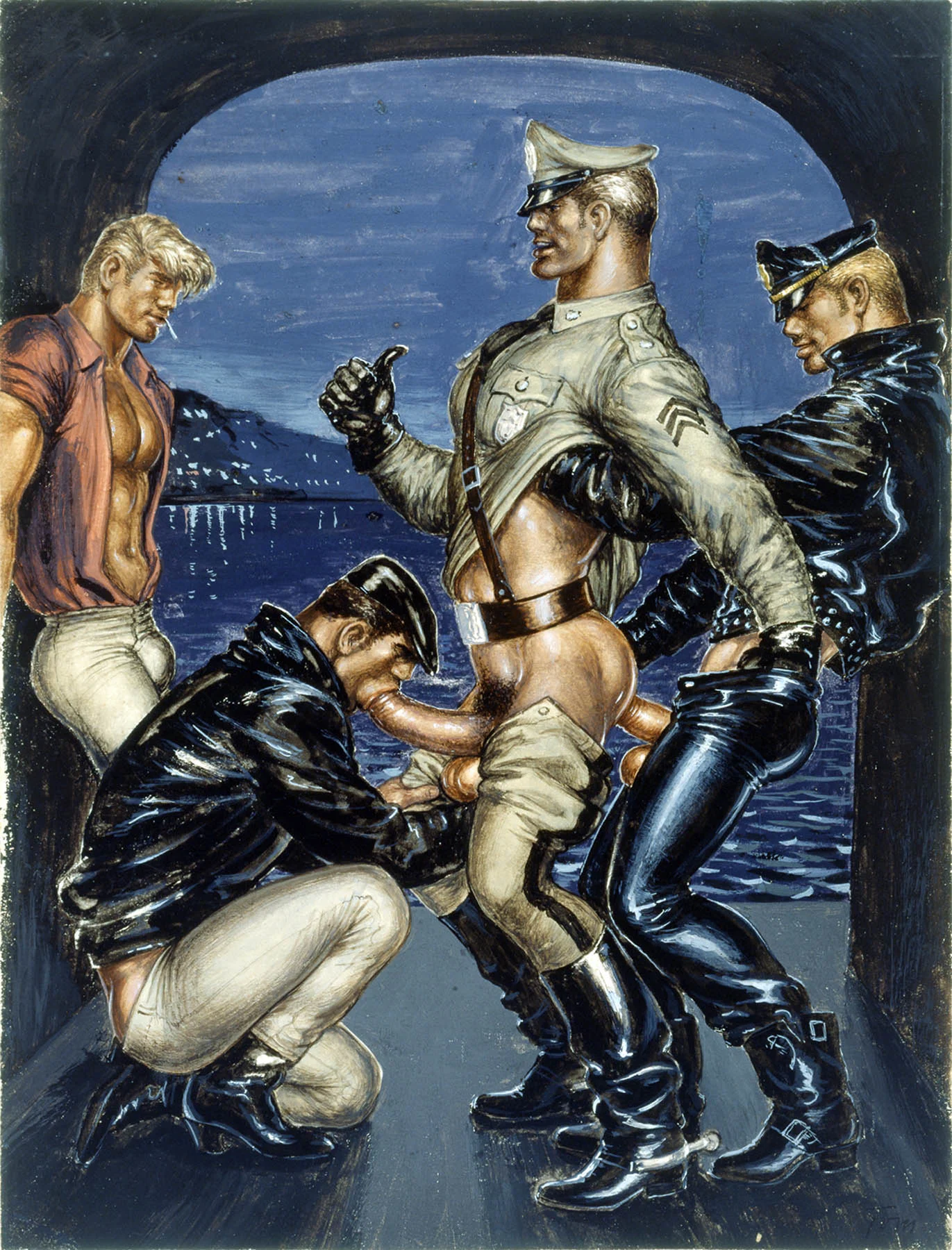
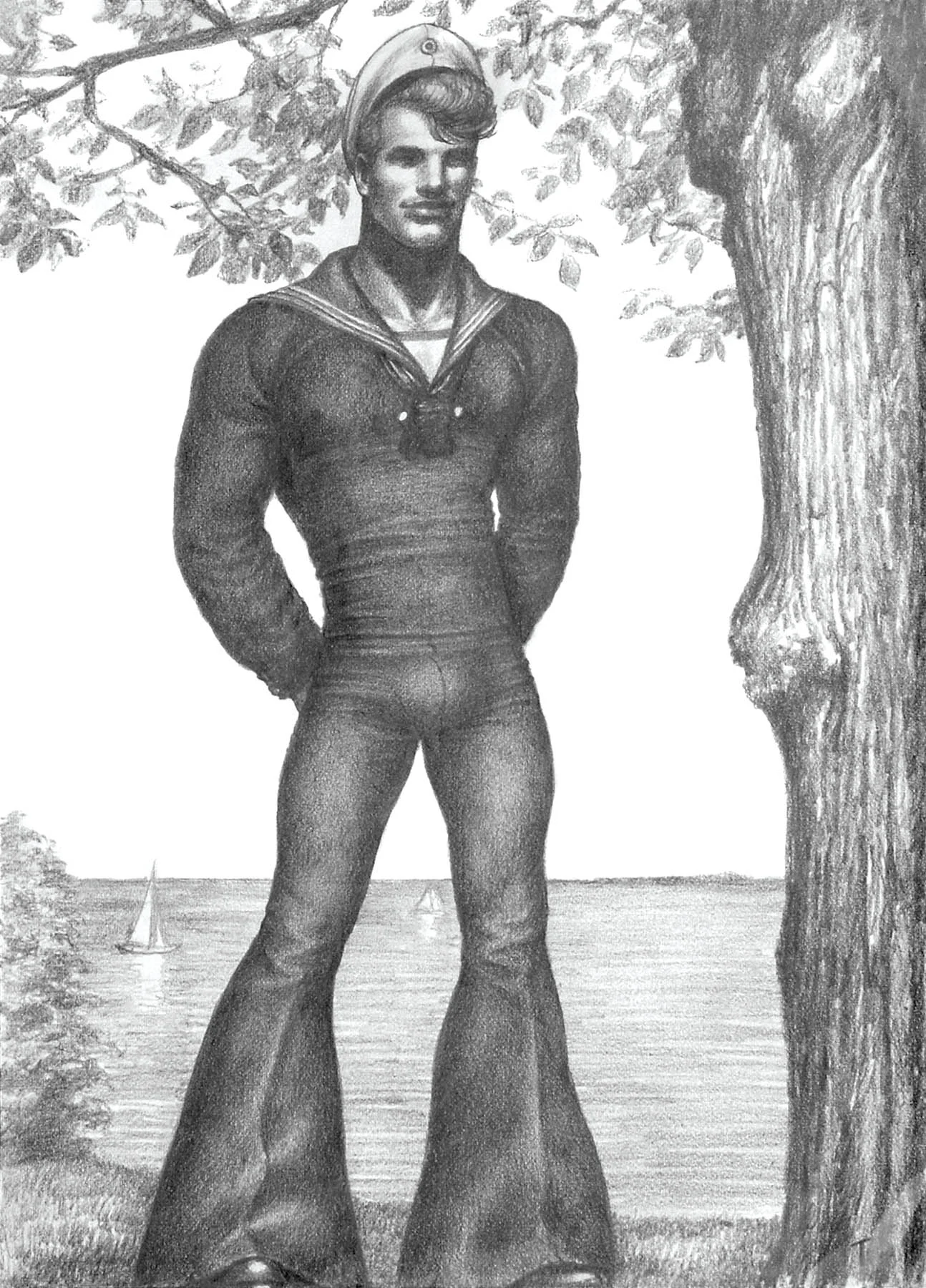
On the influence of uniforms

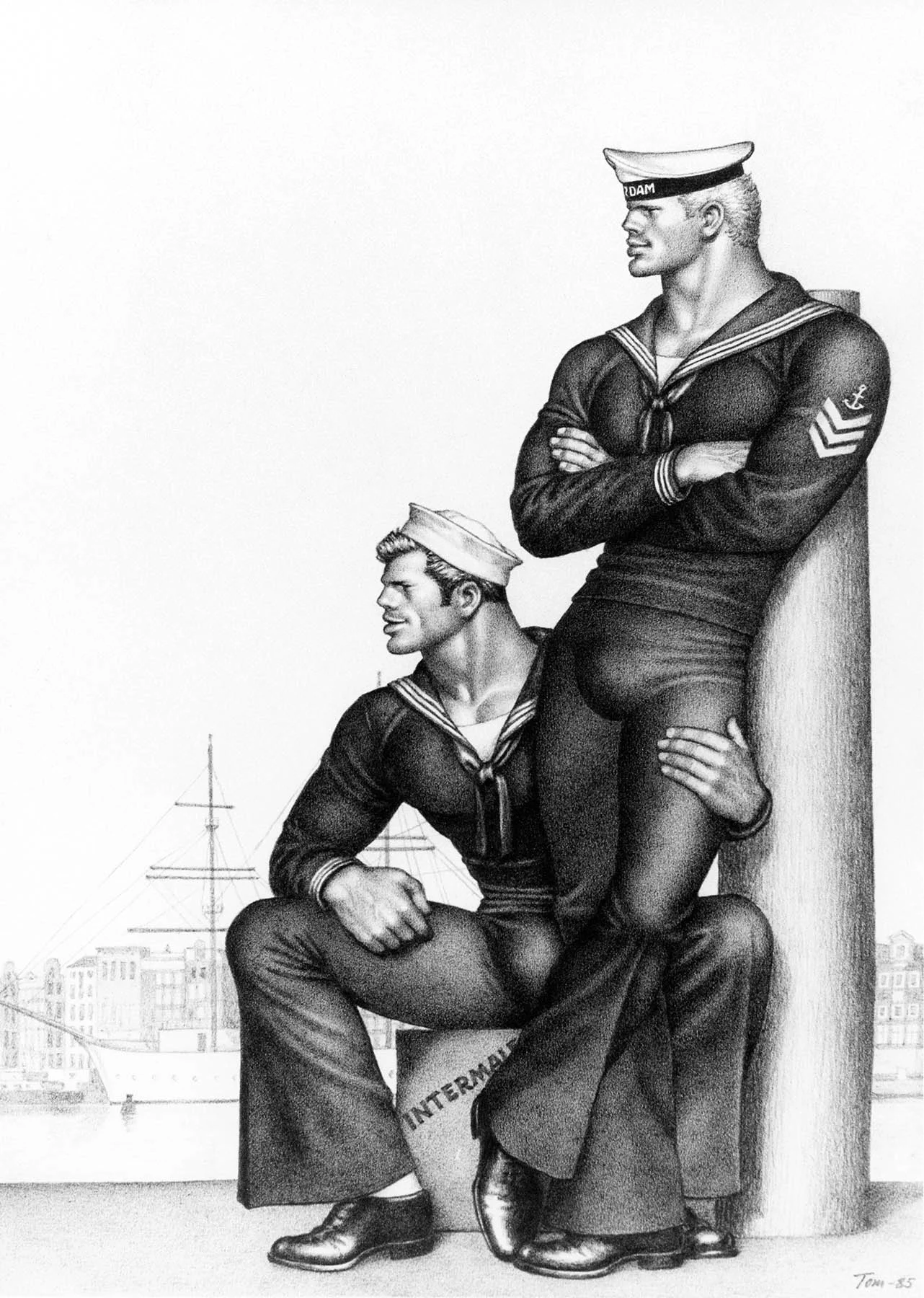
On being a role model to his fans

On how his work represents freedom
“The thing he communicated in his drawings was a sense of pride, of freedom” says Dehner. “You know, I’ve asked dozens of people, ‘well, what is it that you see?’ And it doesn’t matter whether they're lesbians, or gay men, or heterosexual couples, they say the same thing. They say freedom, that what he communicated through the works was a sense of the individual not being inhibited.”






